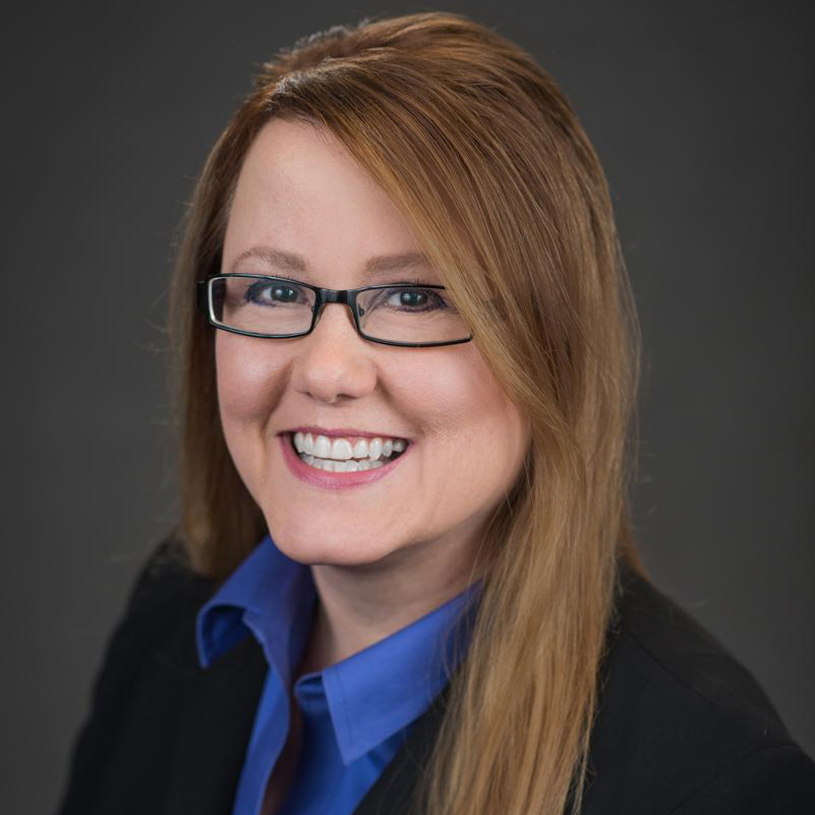
So I was — and am — going to write here about a study about how images affect perceptions of aging. But once again, as I prepared to write, I was confronted with a news release and report about a study in which “older adults” were defined as anyone aged 50 or more years. It’s not the first time.
This latest study found that conveying positive aging messages is about more than the words we use. It’s also about the images we choose.
The message came from the AARP and the Frameworks Institute. The research, presented in “Reframing Aging Through Images,” concluded that communicators of all types can shape people’s attitudes related to aging based on the images they use.
Marketers and other communicators can spread positive messages related to aging by showing older adults — which the AARP and Frameworks Institute indicated is anyone 50 or older — working, engaging with other people and “being active in everyday situations,” such as walking or exercising.
On the other hand, images that show these individuals as needing help with technology or demonstrating extraordinary physical feats, such as skydiving or surfing, can have a negative effect on people’s views of aging.
The goal for image selection, according to the organizations, should be to portray individuals in “authentic” ways and to avoid stereotypes.
“This important research confirms what marketers know anecdotally: Language and imagery both reflect and reinforce societal beliefs,” Martha Boudreau, AARP chief communications and marketing officer, said in a statement. Marketers and advertisers, she said, “typically use outdated depictions of people later in life, which perpetuates negative stereotypes of aging.”
The message about images is an important one, but the verbiage used to convey it proves that words remain important, too, and that the work there is not done.
I’m not sure why some researchers have expanded their definition of older adults to include people in their 50s — to get a bigger sample size? Because there is not universal agreement on what “older adult” means? While working to communicate that being an older adult is not a bad thing, why rush to put people into this category, especially when life spans are becoming longer and people are remaining healthy for longer periods of time than they used to?
Those of us whose work directly or indirectly in the senior living field know that the average age of a long-term care resident is mid-80s. We might be able to agree that someone of that age is an older adult, but perhaps it’s murkier when trying to define people younger than that.
I’m not sure what the answer is, but it seems to me that continually referring to 50-year-olds as older adults is one way to make them feel old and convince others that they are old. We’re lumping prospective residents and their adult children together.
Then again, if studies such as this one can lead to improved perceptions of what it means to be old, then maybe being called an older adult won’t be such a bad thing for those on the receiving end.
In the meantime, yes, images matter. But words still matter, too.
Lois A. Bowers is the editor of McKnight’s Senior Living. Read her other columns here.



